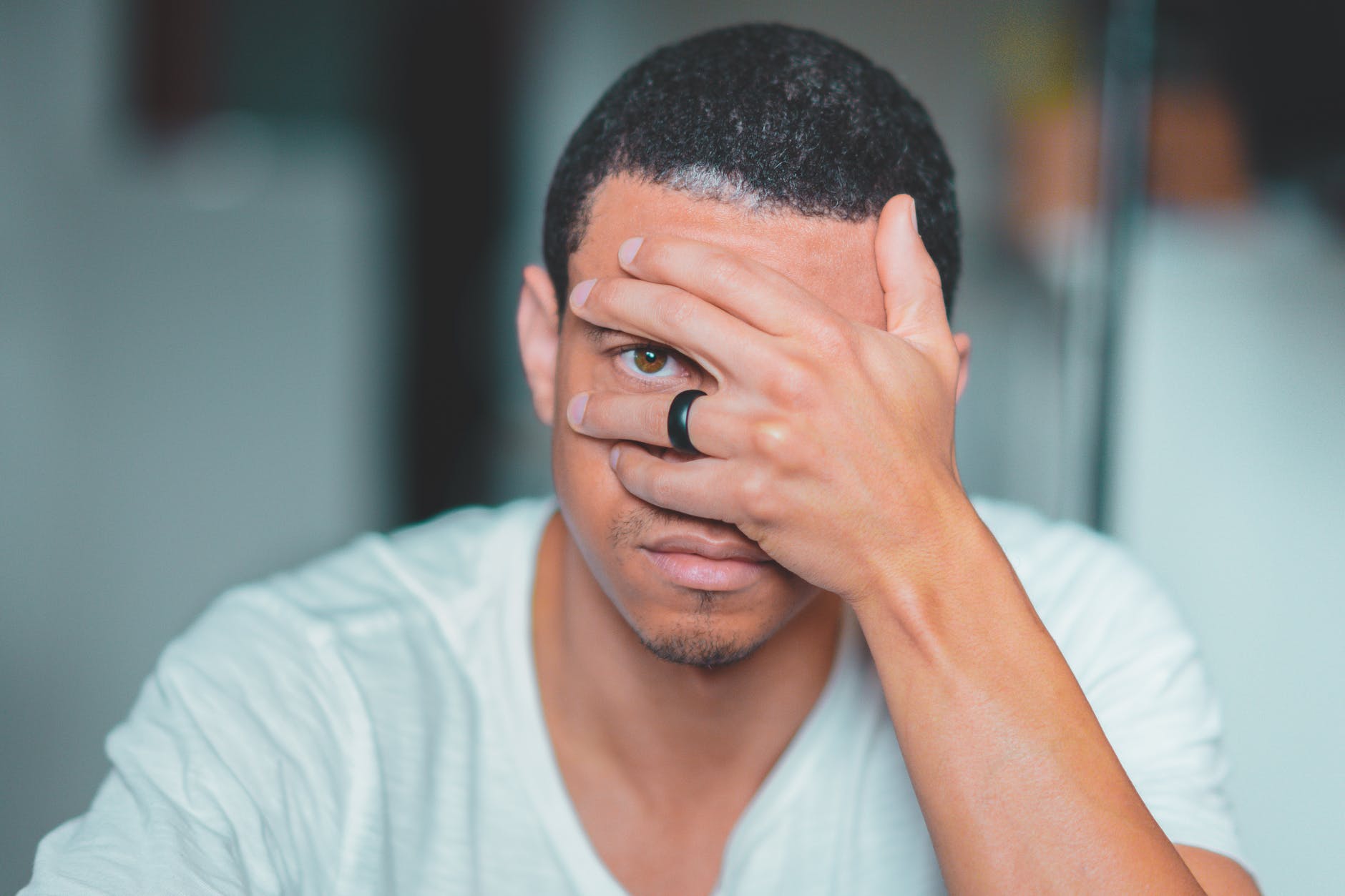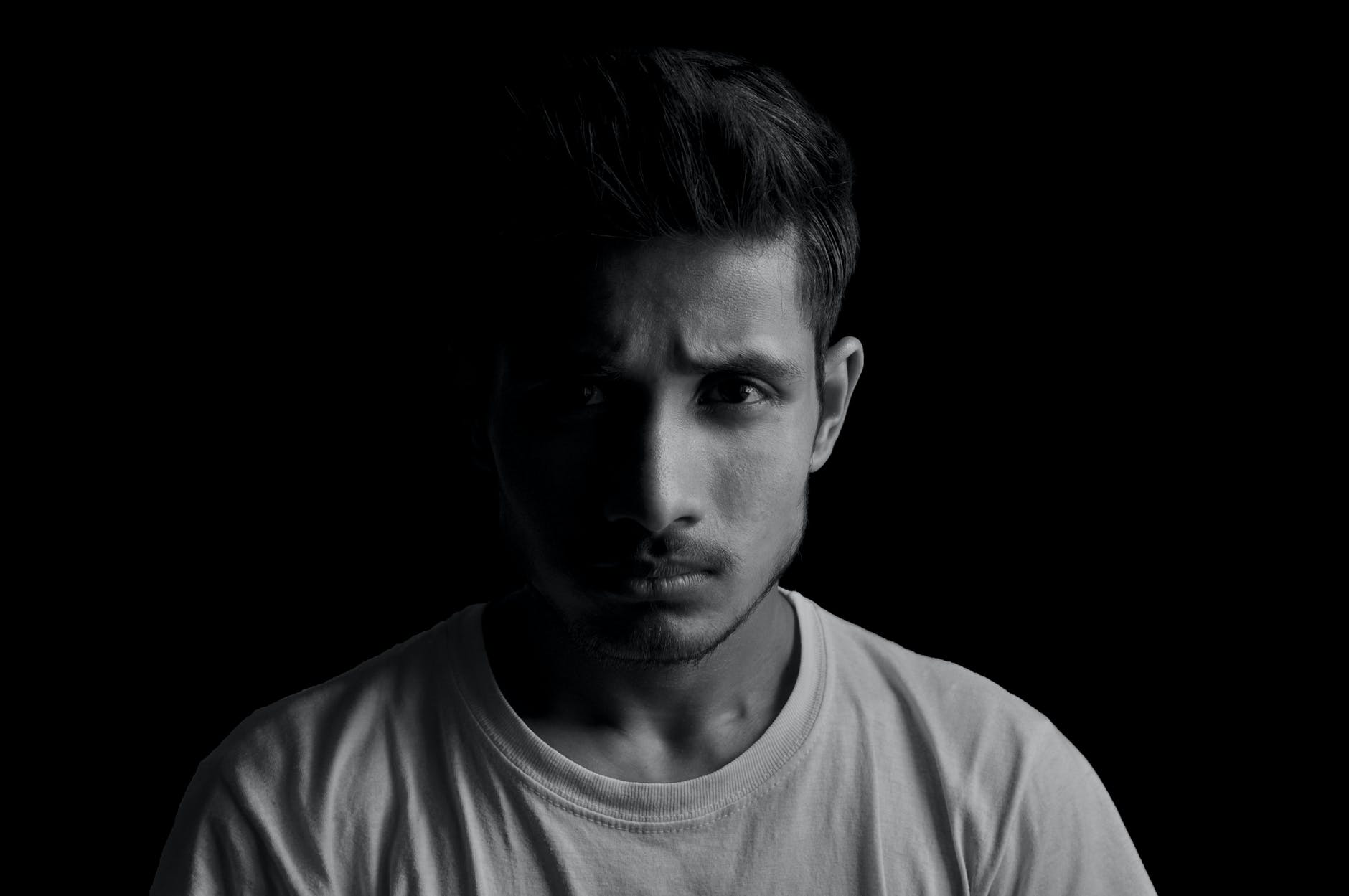There is Power in Your Eyelids
How using your eyelids can captivate an audience
(by Javier Guerra)
 (Photo: Craig Adderley/Unsplash)
(Photo: Craig Adderley/Unsplash)
One of the first rules-of-thumb when it comes to on-camera acting technique is that less is more. The camera is your audience and, in a close-up, the audience can see every move your face makes. Even the smallest facial movement can send a powerful message.
Consider your eyelids. How much thought have you given to the message they send during a scene? How much consideration have you given to eyelid use in your character development process?
Things like, controlling the number of blinks you make while in-character, the pace of your blinking and when you choose to abstain from blinking can determine how vulnerable or how powerful your performance will be.
Blinking Abstinence
One of the ways to use your eyelids to enhance the power of your performance, particularly in a close-up, is to abstain from blinking. If you’ve got strong, impactful words to deliver in a scene, the last thing you want to do is to blink your eyes heavily.
“If you want to play strong, don’t blink. If you want to play weak, blink.”
(Michael Caine)
All of that blinking robs your performance of its power; drawing the audience’s attention away from the gravity of your words. Keeping your eyes open draws in the audience, enticing them to hang on to your every word.
Rapid Blinking
On the other hand, every scene is not meant to be powerful and every character is not meant to be strong. Sometimes a character needs to convey timidity, vulnerability, nervousness, weakness and self-doubt. And that’s where blinking can be of great use.
Blinking heavily, especially when delivered authentically, can show your character in a more vulnerable light. It can elicit empathy from an audience when it is used to reveal a character struggling to adjust to circumstances beyond their control.
Raising and Lowering Your Eyelids
 (Photo: Yugdas Manandhar/Pexels)
(Photo: Yugdas Manandhar/Pexels)
The raising and lowering of your eyelids can send very informative signals to an audience about your character’s intentions in a scene.
Of course, you already know from your personal experiences, that when a person’s eyes are wide open, it can mean that you have their full and undivided attention. We raise our eyelids to show interest, excitement, surprise, compassion and affinity.
We also use them in the opposite way. We lower them when we are disinterested, fatigued, distracted, saddened or detached from a conversation.
Eyelid Tension
Lastly, the bringing together of our eyelids, in a tense way, can convey a whole range of emotions and intentions in our characters.
In real life, we bring our eyelids together to show that we are laser-focused on something or when something is difficult to see or understand. We do it when we are confused, astonished or are in a state of disbelief.
And what do we do when we’re angry at someone? We intensify our eyelids and use our piercing eyes to demonstrate the rage that has enveloped our hearts.
We can use these same gestures intentionally during an acting performance, to send signals to the audience.
Here is how Academy Award winning actor Michael Caine (The Cider House Rules, The Dark Knight) broke down the power of eyelid use, in a BBC interview:
“[Hugh Grant] is so funny because he blinks all the time, ’cause he’s always nervous, he can’t get the girl, and that is a very clever actor letting you know that he’s not very strong and he’s nervous and he’s upset. (On the other hand] If you’re playing a serious character in a movie, as I often do, you don’t wanna appear nervous and upset.”
Or, to put it more simply and more precisely, Caine said:
“If you want to play strong, don’t blink. If you want to play weak, blink.”
There truly is power in your eyelids. Use it!
You Might Also Like:
3 Hidden Advantages to Self-Taping



